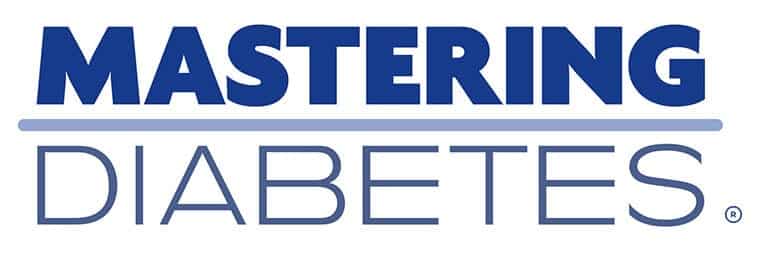Mind. Blown.
Maia read the Mastering Diabetes book in a single sitting. She was in the midst of a big awakening around nutrition for diabetes, and this book was validating things she’d already experienced while also teaching her how and why behind it all. When she read that the way to induce insulin resistance in mice is through a high-fat diet, Maia’s mind was blown – not because she couldn’t believe it, but because she had direct experience with it.
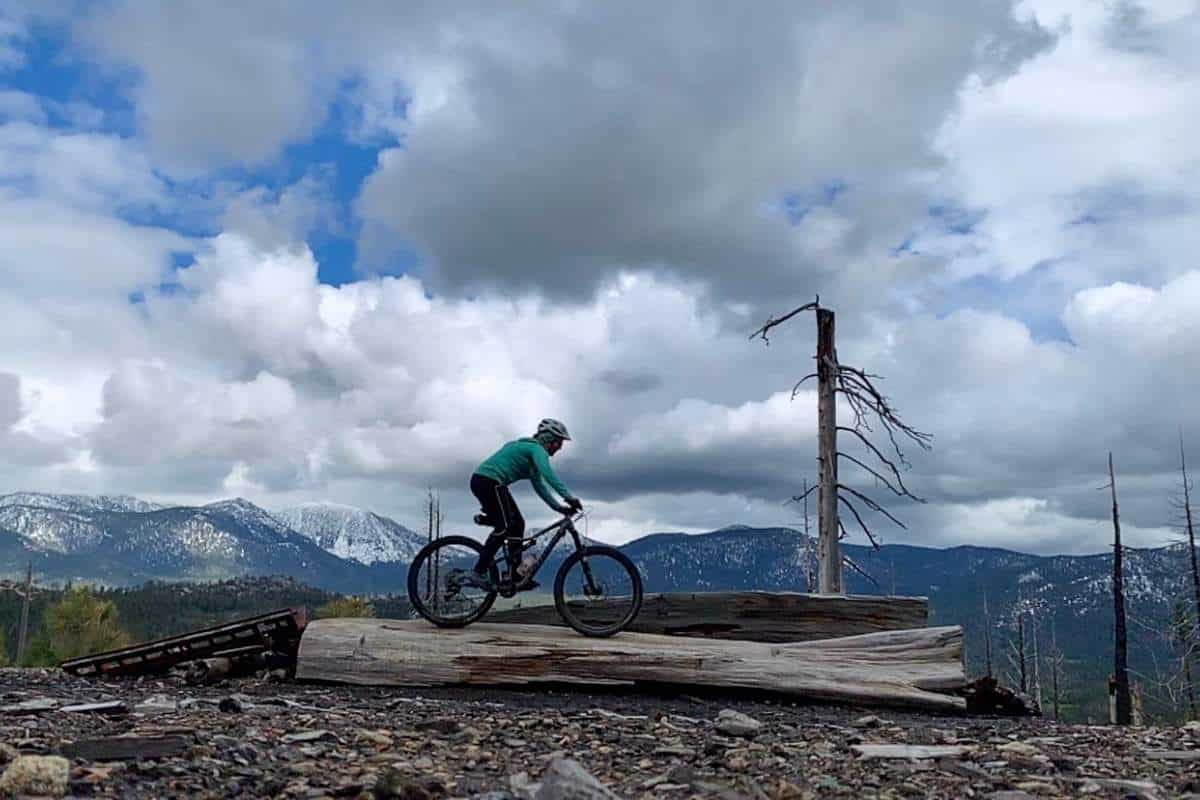
At the time, Maia was doing research at the Diabetes Research Center at the University of California, San Francisco. In the lab where she was working, they were using this very technique. Yet, like most people diagnosed with some form of diabetes, every doctor Maia had ever seen had told her to eat a high protein, high fat, low carbohydrate diet.
Back to the Beginning
Maia was first diagnosed with type 1 diabetes in 2015. At the time, she was a professional ski racer. One weekend, she noticed that she was peeing all the time. She couldn’t quench her thirst no matter how much water she drank, and her muscles felt super weak. Her best guess as to what was going on was that she had a urinary tract infection (UTI) so she went to her local Urgent Care assuming that they’d give her a prescription for antibiotics and she’d be on her way.
Unfortunately, that was not how things went. A urine test determined that her blood sugar was off the charts – the test came back with the highest possible glucose reading it could measure. The doctors told her it was a miracle that she was still conscious, and they called an ambulance to take her to the hospital. But Maia called her dad and they decided there must be a mistake, so she drove herself home instead.
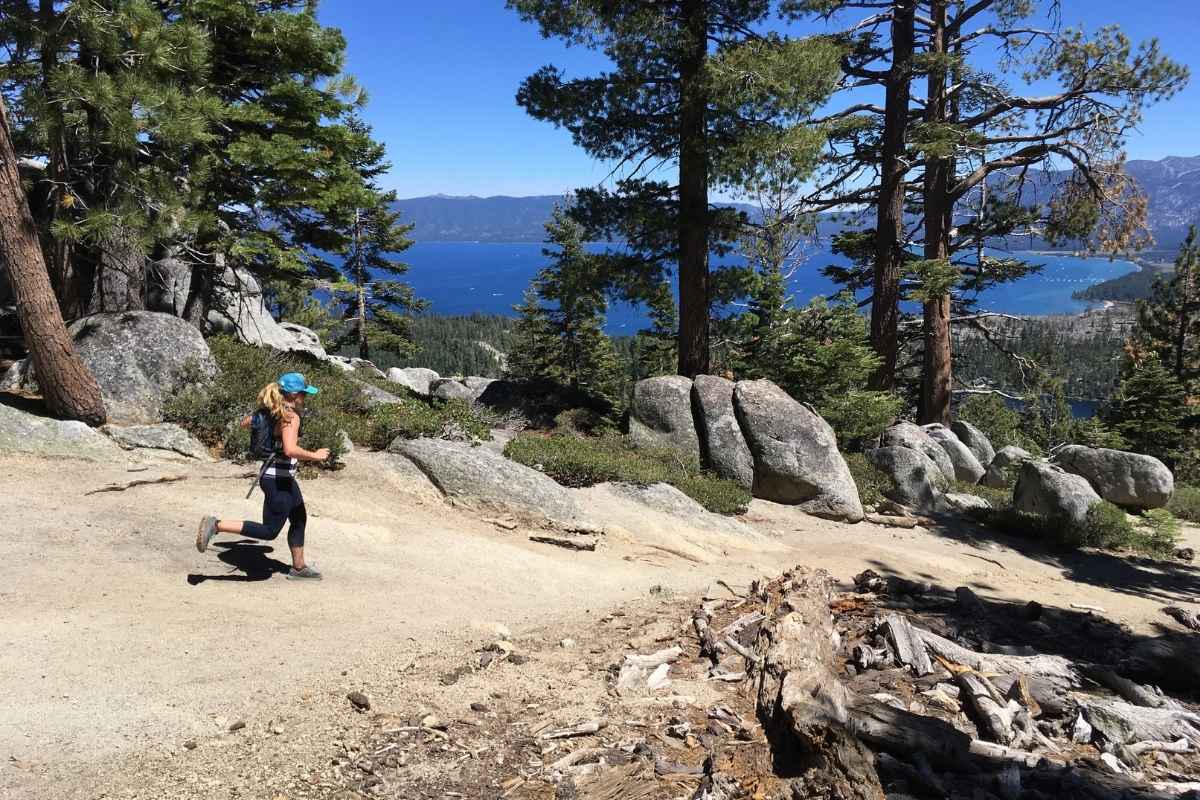
Later, after doing some research, they realized that the diagnosis may in fact be true. She went to the hospital and ended up staying 4 nights as she learned and adjusted to her new life. She was told, “the quicker you get back to your old life, the quicker things will feel normal again,” so she decided to do her best to jump back into what she loved most.
A Steep Learning Curve
Two weeks later, she was at a ski race in Utah, learning in real time how to fuel herself, practicing injecting insulin, and finding out how adrenaline, stress, and exercise affect it all. It was a steep learning curve, but she was determined to keep doing what she loved.
Her doctor had told her to limit herself to eating 20g of carbohydrate per day. She later learned that this was essentially a ketogenic diet. She committed to eating high protein, high fat, and low-carbohydrate meals. At the same time, Maia also joined a study that was exploring whether chemo therapy could benefit people that were newly-diagnosed with type 1 diabetes. She was on chemo therapy for 6 months.
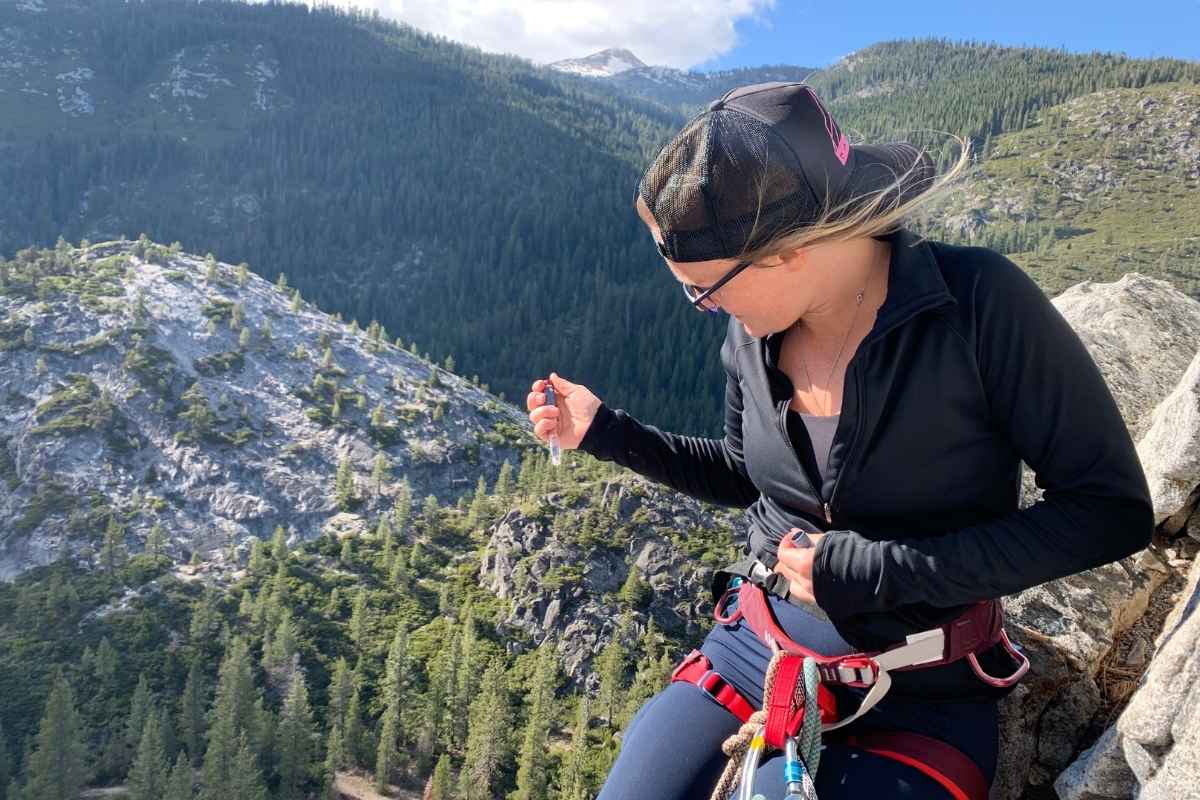
While on the keto diet, anytime she did physical activity it would spike her blood sugar levels. As a competitive athlete, this didn’t work for Maia.
The Cleanse That Changed Everything
Around the same time, Maia had been having stomach issues. Multiple doctors told her they suspected parasites to be the issue, and one found evidence of an overburdened liver as well. Maia was skeptical but willing to try anything that might help her at this point, so she tried out a liver cleanse that included 9 days of eating only fruits and vegetables. At the end of the cleanse, she had tons of energy, no more stomach problems, and in general felt very stabilized and strong.
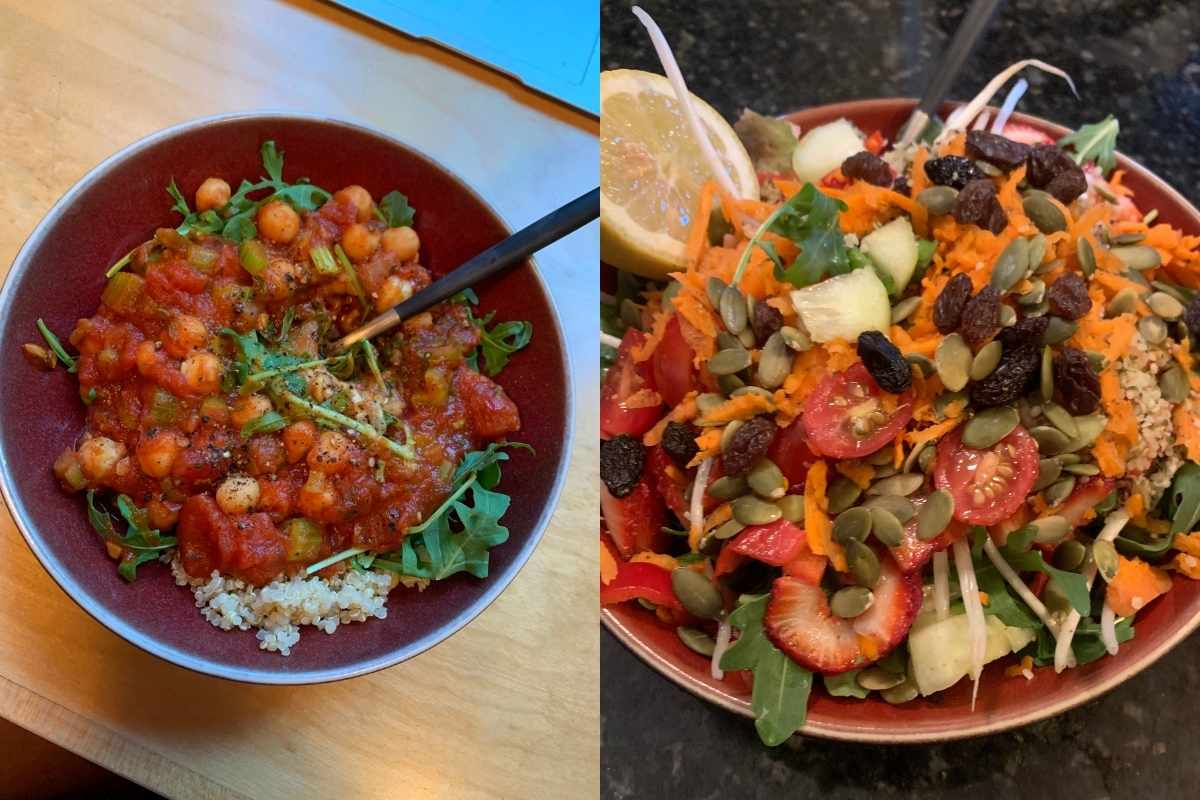
Maia was surprised and excited to find that while eating 5 times as many carbs as she had been eating, she had also cut her insulin down to ⅓ the amount she was taking previously. Even though this plant-based, high-carbohydrate diet went against everything she’d been told in the past, she knew it was working for her. She didn’t want to do the full cleanse diet forever, but she decided to keep animal products out and eat as many fruits and vegetables as possible.
Mastering Her Diabetes
Now, back to where we started Maia’s story. When Maia got the Mastering Diabetes book, she was in the middle of the week of final exams for her undergraduate degree. But her curiosity got the best of her, and she ended up pulling an all-nighter one night reading the book rather than studying for her finals. Everything made sense to her, including the idea that fat was the culprit for insulin resistance (even though every doctor she’d ever had told her to limit carbohydrates!).

Low-Fat, Plant-Based, Whole Food Nutrition Heals
Maia’s health continued to improve. She felt better and had more energy. Her carbohydrate-to-insulin ratio more than doubled. Her menstrual cycle returned and became regular and predictable. Her A1c dropped to 6.3%.
Header | August 2019 | January 2020 |
|---|---|---|
A1c (%) | 7.1 | 6.3 |
Fasting Blood Glucose (mg/dL) | 180 | 120 |
Weight (lbs) | 150 | 136 |
Total Cholesterol | N/A | 116 |
Carbs to Insulin Ratio | 7:1 | 20:1 |
Carbs p/day (g) | 50 | 300 |
The mental shifts were equally as important. After her initial diagnosis, food had become very stressful and she was often overthinking her food choices for meals. Now, she knows how her body will respond and she knows what to do when she eats different foods. Because of this, she is much more relaxed around food and can eat more intuitively, which feels healthier.
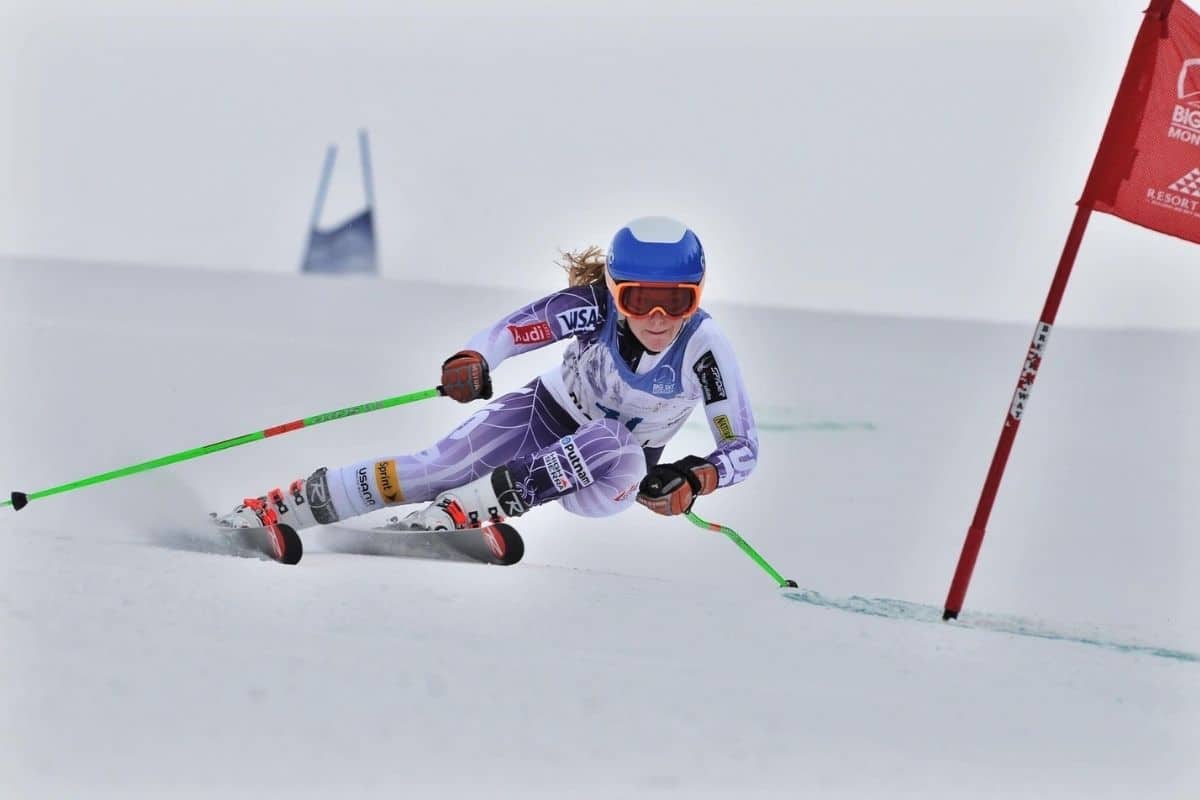
Give It A Try
As a previously self-proclaimed steak lover who “could never be vegetarian,” Maia says the only reason she did this was because she at only fruits and vegetables for 2 straight weeks with the liver cleanse, and she felt so good on the other side of the experience that she couldn’t ignore it or go back to what she was doing before. She felt too good to stop – so she just kept going.
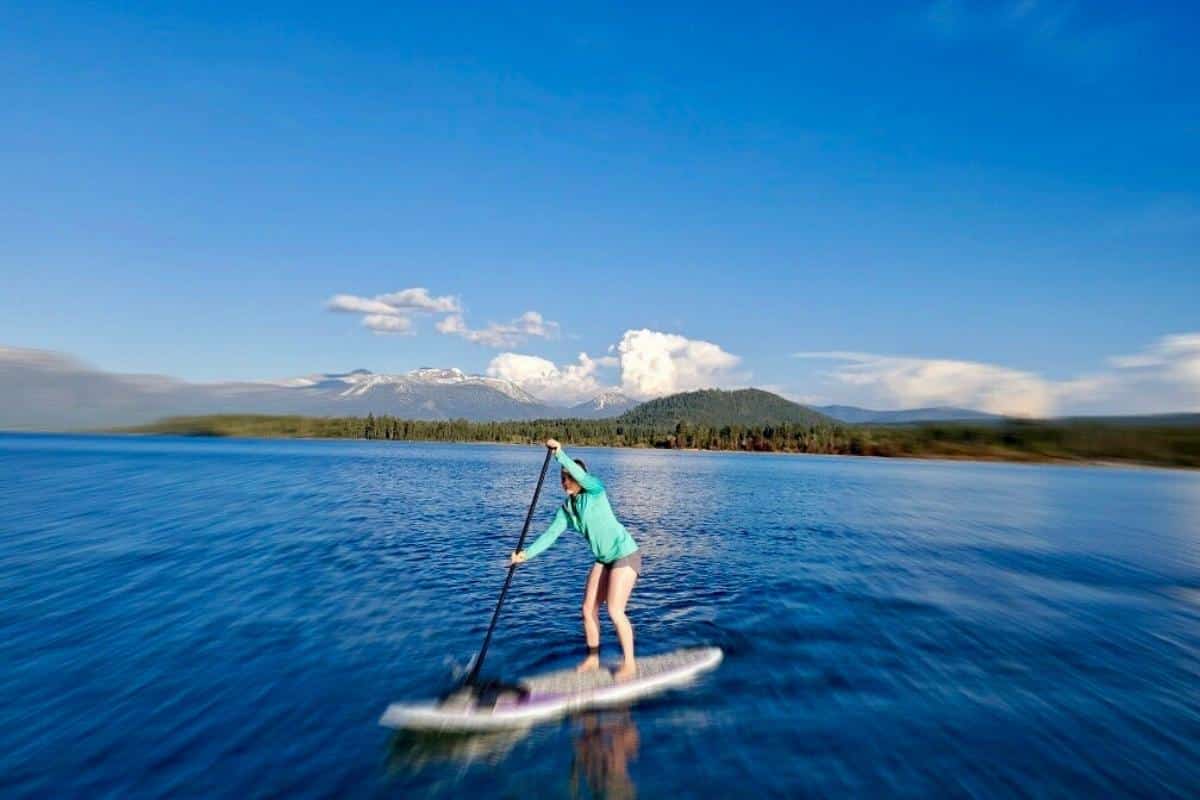
She recommends giving yourself the opportunity to see how it feels for you. If it works, then you’ll know it’s the right thing for you.

Lower Your A1c and Fasting Blood Sugar... Guaranteed
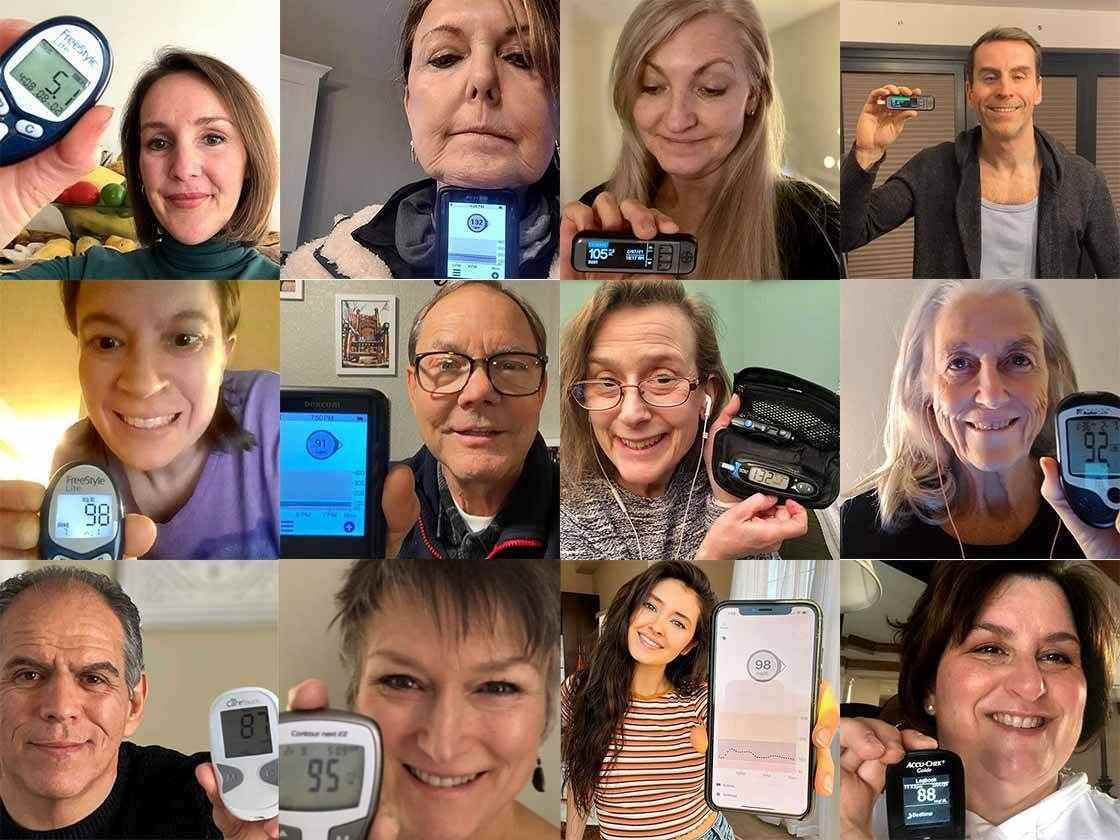
Your results are guaranteed. Join more than 10,000 ecstatic members today
Personalized coaching puts you in immediate control of your diabetes health, helps you gain energy, improves your quality of life, and reduces or eliminates your meds.

